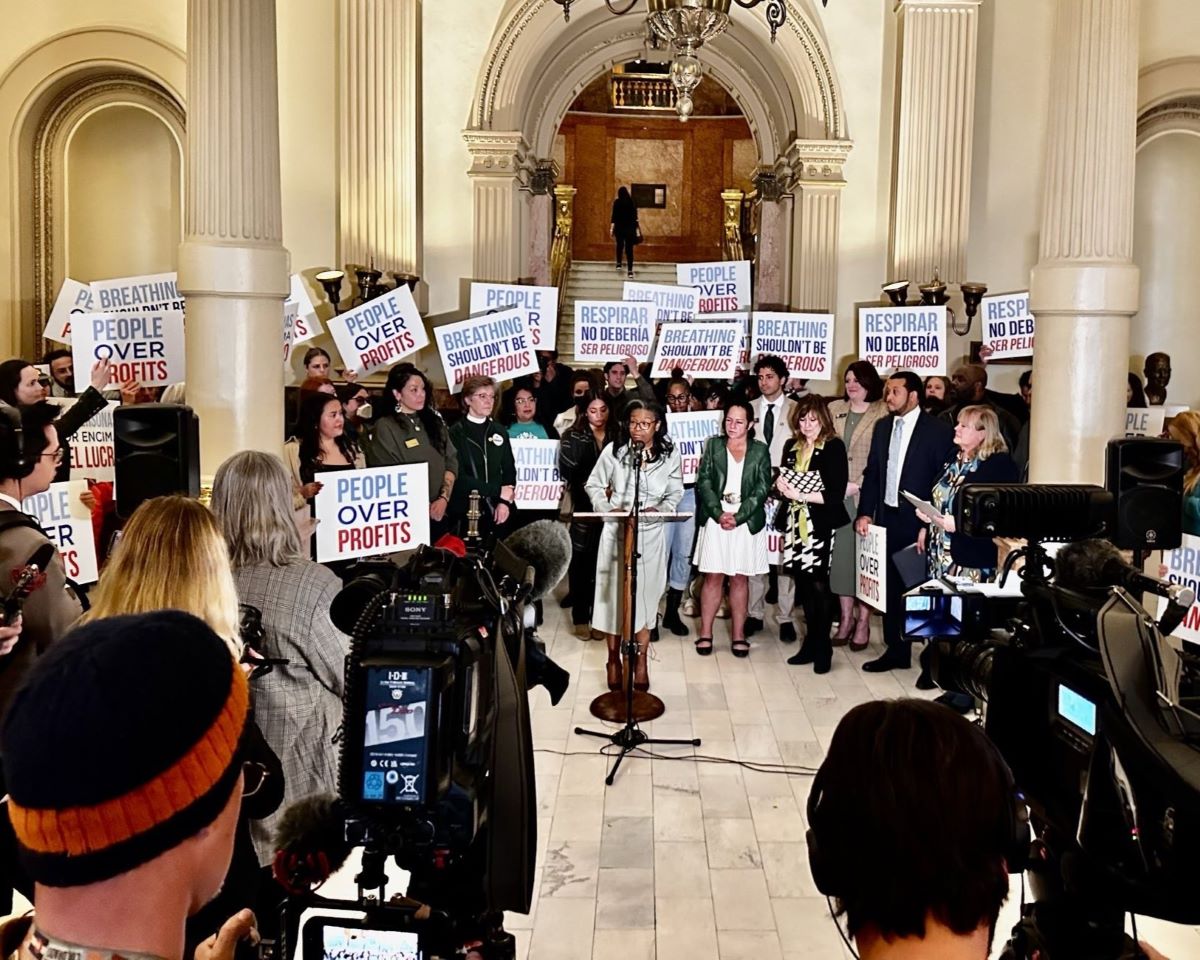
Good Climate News Roundup – 2024 Year in Review
Dec 20, 2024
Help LCV respond to threats to our communities and our climate in 2025 Give Now
This April, Arizona celebrated its first Public Lands Day, a day honoring the state’s sacred spaces, from the beauty of the Grand Canyon to the joy of our local parks. During a time when we are safer indoors, Chispa Arizona hosted a virtual celebration where community members shared their fondest memories in our parks across the state.
Chispa Arizona’s social media lit up with dozens of people from across Arizona sharing their park memories. It was a day packed with nostalgia. The first Public Lands Day was truly a reminder of the privilege we have in visiting the outdoors, and the deep respect and connection we’ve formed with these beautiful lands.
Among the many stories shared were those of Chispa Arizona’s leaders — a group of fierce organizers who have fought for the dignity and liberation of our communities for years. In the very same month Chispa Arizona honored the land we stand on, we are proud of the resilience of their families and their ongoing fight for the liberation of their community. The Chispa Arizona team took a pause to explore what the fight to protect the Arizona desert means.
And we’re not going to lie – there is something very cool about a group of multi-generational, brown people, whose skin is a target of multiple administrations, becoming leaders who protect the lands they are told they don’t belong to.
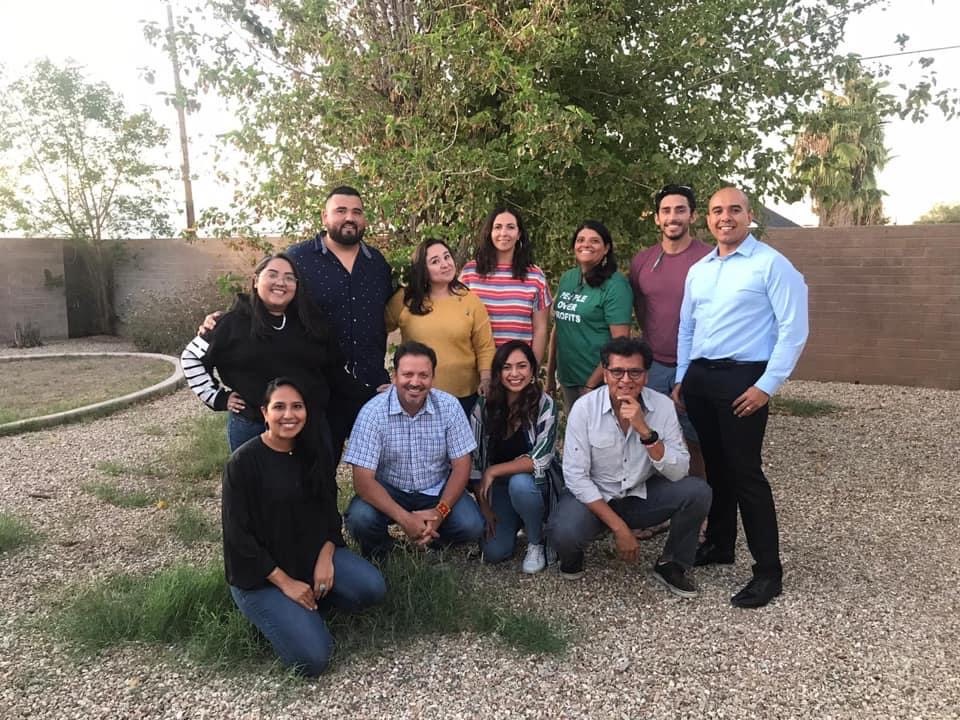
Here is what the Chispa Arizona leaders had to say about our public lands:
As an immigrant or child of immigrants, what does it mean for you to protect the public lands?
Gloria Montaño, Chispa Arizona Deputy Director: “I’m a daughter of immigrants, a daughter of the border, a fronteriza and I’m a rural girl. I was raised in the country. I think having the open space was something I took for granted. If I wanted to see trees I’d just open the door. And I believe my kids deserve to have the experiences I had.”

Masavi Perea, Chispa Arizona Coalitions and Training Director: “Let me go back to when I immigrated from Chihuahua to Phoenix. That was in the 90s, when I was a construction worker, and, because of NAFTA, my salary was cut in half. I crossed the Arizona desert, and that was my first exposure to Arizona. Me acuerdo de todos los cactus. I walked for two days and three nights. I remember it was beautiful, but scary. I saw a lot of crosses and people who stayed behind. That was my first exposure to public lands in AZ. In my work now, I focus on environmental justice. I need to learn from communities that have been protecting the land way before us. And too often, indigenous communities are displaced from their land. So now wherever I go, I acknowledge the original caretakers of the land.”

What do the public lands mean to you?
Nicole Morales, Chispa Arizona Civic Engagement Director: “Sometimes you think of national parks, the big spaces, but we don’t get much time there. I grew up in the local parks, playing soccer. That’s my culture. As someone who complains about walking or exercise, I still coached an adult men’s soccer team. I’m familiar with the majority of the parks in West Phoenix. I go to the park to destress, eat some elote, and hang out. Parks are a gateway to fun, to family time. A place of peace where I clear my mind.”

Dulce Juarez, Chispa Arizona Organizing Director: “I look at public lands from an indigenous perspective, and that means all public lands are sacred lands, sacred to the original people of those lands. We need to acknowledge that we are indigenous, and our existence, identity, and survival is connected to the lands we grew up on. Many elders have taught me that ‘the earth does not belong to us, we belong to the earth!’. Because we belong to the earth, we have a responsibility to take care of the earth, land and the community we are a part of. These public lands are for people to gather, to enjoy, celebrate, reconnect with nature, and ourselves.
It also means learning to live in harmony with nature and earth. It is our responsibility to take care of Mother Earth for the seven future generations. Because everything you do today is going to impact the future seven generations after you.”
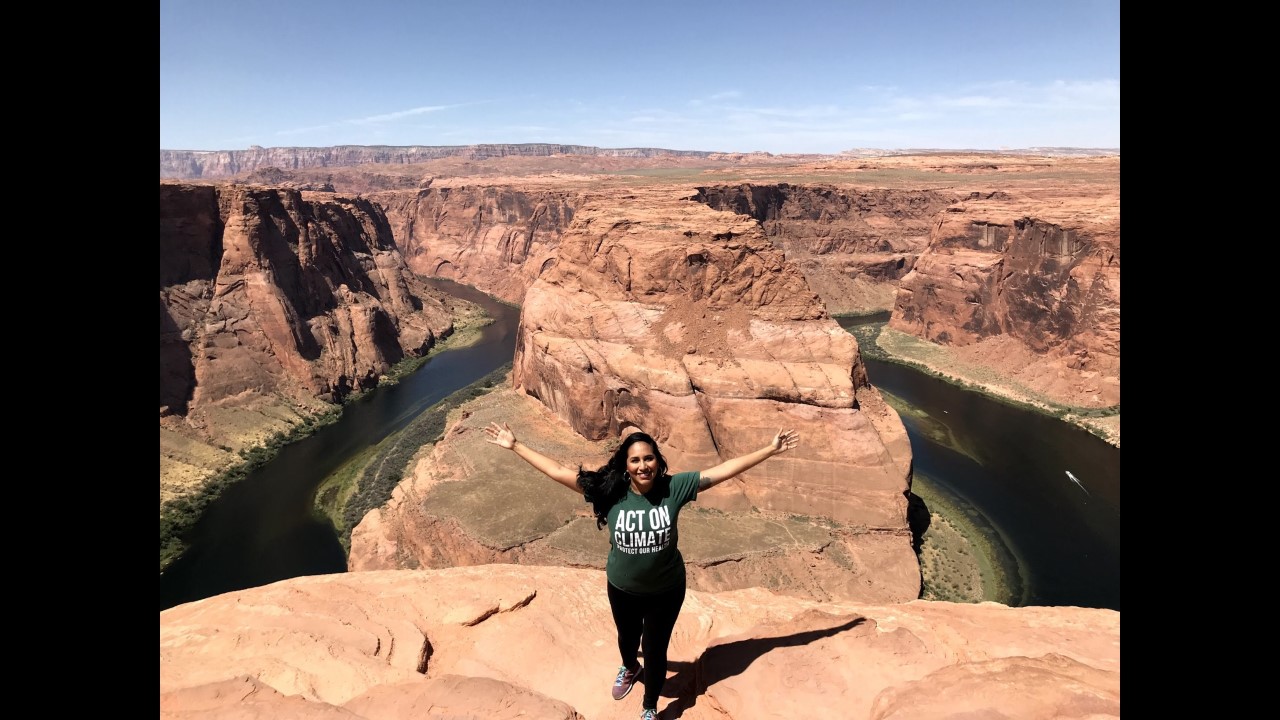
How does your identity as an immigrant connect to your identity in your environmental work, specifically the protection of sacred spaces?
Vianey Olivarria, Chispa Arizona Communications Director: “My family has always been in between - we are from a region between Mexico and the U.S. Before coming to Phoenix from Nogales, I would see the border cut across the beautiful green mountains. It is a scar on the land. As I started learning and understanding history, I learned to feel pride in my heritage and pride in the land. I crossed a border that has divided my family for generations. These lands are part of my history. As a border kid, I grew up hearing the stories of people losing their lives, animals in danger, and floods because the wall stops the water from moving naturally, and it feels so clear to me that the border wall is not supposed to be there. That’s why I fight now to protect these spaces, and stop that wall.”
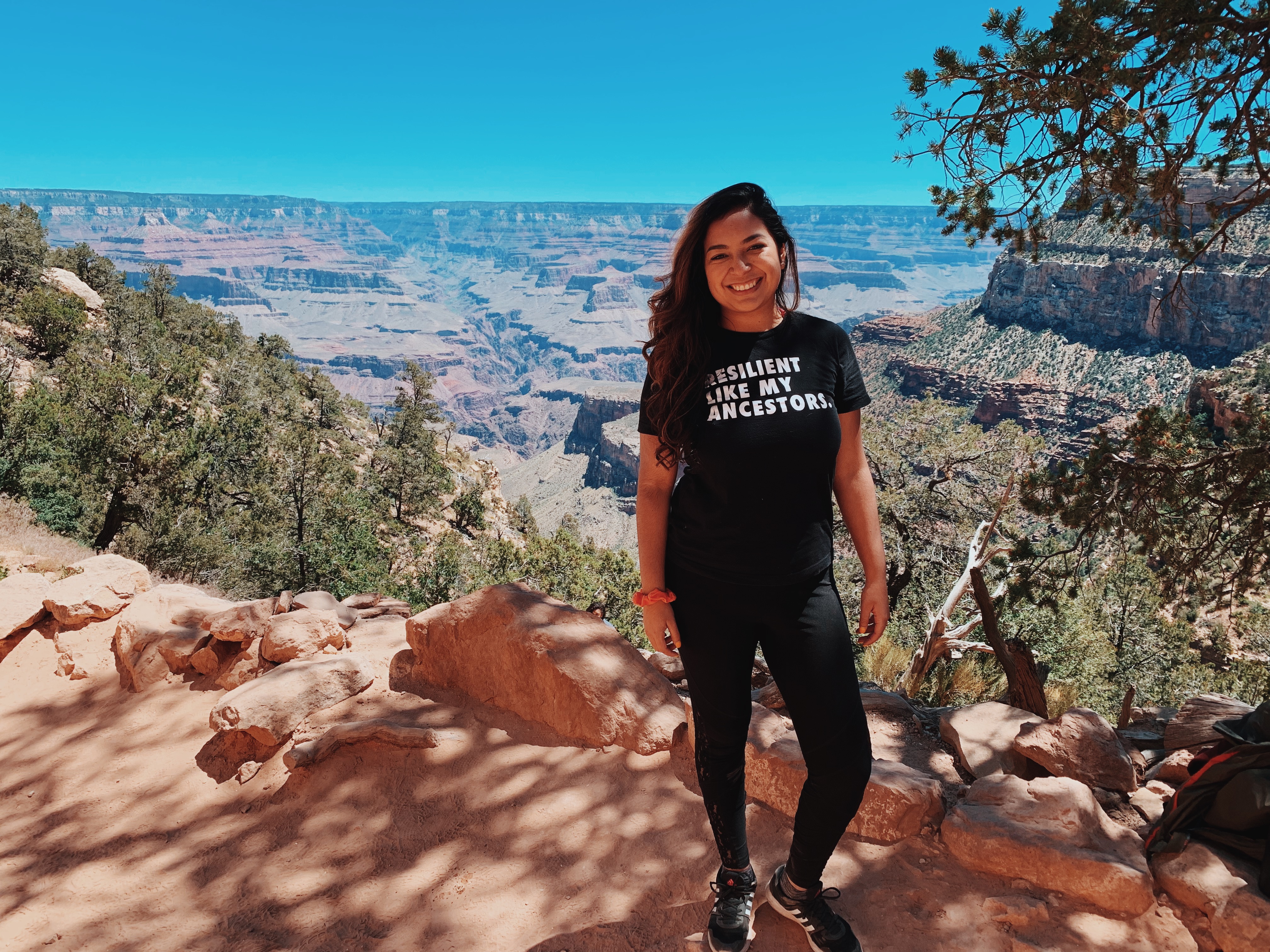
Laura Dent, Chispa Arizona Executive Director: “To me, it’s a divine connection, a righteous connection. There have been attempts to neutralize people’s claims of who is the steward of the water, of the land, and even who is an environmentalist. Some people think there is only one way to defend the earth and I think it’s bigger than that. It’s our culture, our connection to local parks and neighborhoods and communities too. I feel very grounded to our earth and lands, more than I have in the past because I recognized that everyone’s experience is different. And that is a good thing.”
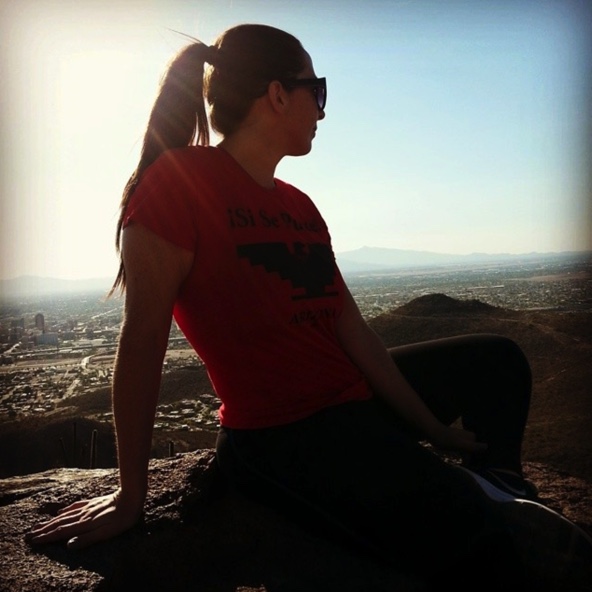
What’s your favorite memory at a public land or local park?
Gloria: “Encanto park is my favorite because my parents took us there when we were little. They would load us up in a van and everybody would pool their money to rent a paddleboat. We would get Church’s fried chicken and make a picnic. It was like a treasure.”
Nicole: “I have so many! I love driving, sometimes what I like doing is driving to different parks and sceneries. The majority of our lands in Arizona are public lands. In 2019, our Chispa Arizona team took our members and promotoras camping at the Grand Canyon. I’ve been there a handful of times but I never had the opportunity to camp before. We had the opportunity to hear from indigenous leaders, and being able to have connections to the protectors of that land — it’s a beautiful experience. I will never forget the conversations we had. “
Dulce: “The first time I ever went to Sedona, AZ I remember feeling mesmerized by the beauty and spirituality of the living red rocks all around. It made me want to protect these lands so that we could have them forever and for my future children and grandchildren to enjoy. I felt so much peace, and inspiration from the magical lands I stood on.
Vianey: “When I was a sophomore in high school was the first time I went to Flagstaff, with my godmother and her family. I played the guitar back then, and I just felt so happy to be there. It felt like a break from trying to learn the language, figuring out high school, and all these systems we were trying to learn as a family. My godmother took us to this forest and I remember opening up to her about how angry I felt since we moved, how much everything had changed. I felt so much peace after that trip, of just being able to let go and be with nature. It really grounded me.”
Masavi: “Last year I was invited by Nuestra Tierra to camp on the border. It was in Coronado Park, between New Mexico, Arizona, and Mexico. We got to share what the border meant to us, and to many people there are happy memories, but I was undocumented for a long time — so to me, it means death, indifference, companies making money out of fear. Only an undocumented person can know what it feels like to see the migra, so there was some PTSD. But now, I fixed my immigration status, so now I have to work in healing the trauma and change the narrative of the border: it means communities, wildlife, indigenous land, natural resources.”
Laura: “There is this beautiful hill near my house I go on hikes often, Tumamoc Hill. I love going there all the time. It’s a workout but it’s also nice to have this space so close to me.”
When you think of the public lands and the immigration movement, what 5 words come to your mind?
Laura: Family. Community. Peace. Freedom. Happiness.
Vianey: Movement. Freedom. Belonging. Peace. Connection.
Masavi: Protect. Respect. Expose. Share. Acknowledge
Dulce: Migration. Open borders. Protection of creation. Responsibility.
Nicole: Home. Sanctuary. Community. Rights. Necessity.
Gloria: Statue of liberty. Sharing. Peace. Gather. Protest